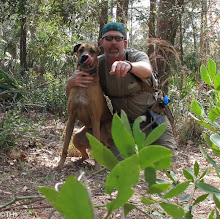Materials are rather simple:
-Pressure cooker (recommend stainless) or any container which can withstand a heat source under it and can be sealed to prevent loss of steam except through 1 hole.
-Heat source (fire, grill, etc.)
-food grade vinyl hose (not required, but makes connection easier)
-hose clamps (unless not using hose)
- stainless or copper tubing
-rubber stoppers
-5 gal bucket
Water distillation leaves you with water that is free of salt, bacteria, viruses, etc. Now point of caution…chemicals with a boiling point less than or equal to water can end up in your collected water. A trick to avoid this is boil water for ~10 minutes uncovered..this cooks off the volatile chems.
Distillation Systems
- Distillation Systems use a process of heating water to the boiling point and then collecting the water vapor as it condenses, leaving many of the contaminants behind.
- Distillation Systems have a very high effectiveness in removing protozoa (for example, Cryptosporidium, Giardia);
- Distillation Systems have a very high effectiveness in removing bacteria (for example, Campylobacter, Salmonella, Shigella, E. coli);
- Distillation Systems have a very high effectiveness in removing viruses (for example, Enteric, Hepatitis A, Norovirus, Rotavirus);
- Distillation Systems will remove common chemical contaminants, including arsenic, barium, cadmium, chromium, lead, nitrate, sodium, sulfate, and many organic chemicals.
Set up is easy. Salt water into your pressure cooker (or what ever container) place it over your heat. Secure lid to pot (now a tea pot and hose attachment to the spout can work too). Attach hose/condenser coil to your lid valve/hole. In warm weather it's good to have the condenser coil submerged in a bucket of water (any water is fine) to help condensation. If it is cool outside, air cooling on the condensing coil works too. It takes a bit to get water boiling, but once it is going you are in business.
It is a good idea to produce water for about 20 minutes, then use that water for the garden. This sterilizes your hose/condenser coil in case any contaminants got into them….in other words don't drink it.
Once the system in perking along you should be able to produce between 1/2 to 1 oz of water per minute. The great thing about this system..once it is going, it produces well…the drawback is that it is very fuel (for the heat source) intensive.













No comments:
Post a Comment